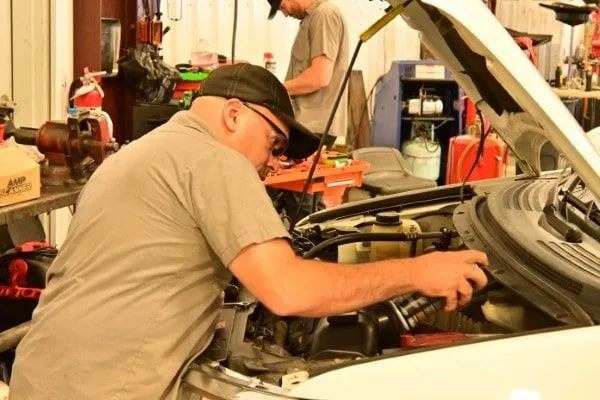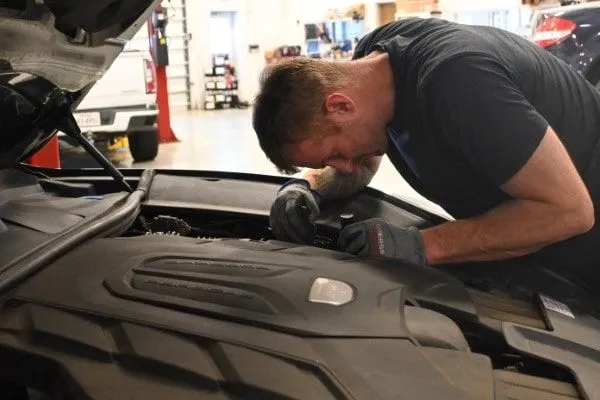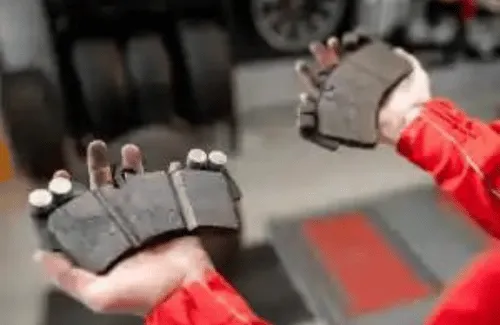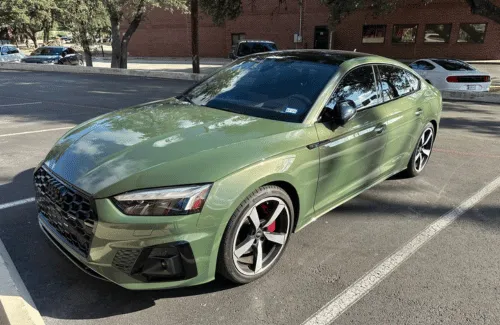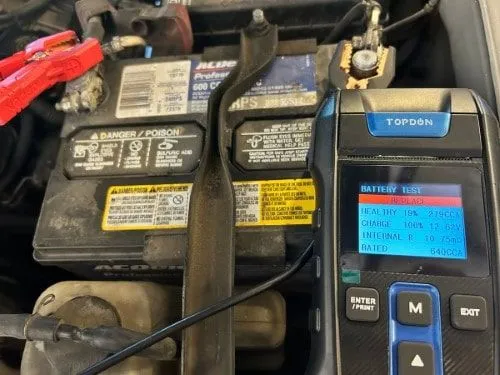How Car Repair Prices Are Affected by Economic Conditions: Comparing 2016-2020 to Today and What It Means for You at Eurasian Auto Repair
Car repair prices aren’t just influenced by the type of service your vehicle needs—they’re also shaped by broader economic factors like tariffs, labor costs, inflation, and supply chain issues. At Eurasian Auto Repair, we’ve seen firsthand how these factors affect the cost and availability of repairs. Here’s a quick comparison of the economic conditions from 2016-2020 to today, and what it means for your repair costs in 2024.
Tariffs and Parts Costs
During the 2016-2020 period, the Trump administration’s tariffs on steel, aluminum, and foreign auto parts caused prices to rise for car components. While trade policies have shifted, tariffs on materials like steel and aluminum remain, and ongoing supply chain disruptions—particularly the global semiconductor shortage—continue to increase parts prices. This means parts are still more expensive and harder to find, which can lead to delays and higher costs at Eurasian Auto Repair.
Labor Shortages and Inflation
The labor shortage that began during the pandemic remains a challenge. With fewer technicians available, wages have risen, pushing labor costs higher for auto repairs. At Eurasian Auto Repair, we’re committed to maintaining a skilled team, but you may still notice longer wait times and slightly higher labor charges as businesses adjust to the current job market.
Supply Chain Disruptions
Supply chain issues, particularly in microchips and other essential car parts, became a major issue during the pandemic and continue to affect the repair industry. Although some aspects of the supply chain are improving, parts shortages are still a reality. At Eurasian Auto Repair, we work hard to secure the parts you need, but delays are possible, especially for newer, tech-heavy vehicles.
Fuel Prices and Consumer Behavior
Fuel prices during 2016-2020 were relatively low, driving more car usage and, in turn, more frequent repairs. In 2024, while fuel prices remain volatile, the shift toward electric and hybrid vehicles is growing. This trend could change the types of car repairs needed, and we’ve expanded our services to cater to electric and hybrid vehicles as well.
High-Tech Vehicles and More Complex Repairs
Modern cars with advanced safety systems, infotainment features, and electric powertrains became more common between 2016-2020, raising the cost of repairs due to increased complexity. This trend continues in 2024, with cars becoming even more high-tech. At Eurasian Auto Repair, we’ve invested in the necessary training and equipment to service these advanced systems, but it does mean that repairs for newer models may come with higher costs.
Conclusion
While many of the economic challenges that impacted car repair prices during 2016-2020—like labor shortages, tariffs, and supply chain issues—are still present today, the shift to more high-tech vehicles and the rise of electric cars are changing the landscape. At Eurasian Auto Repair, we’re prepared to navigate these ongoing challenges, offering transparent pricing and specialized services for both traditional and electric vehicles. Regular maintenance is the best way to avoid surprise costs, and we’re here to help you keep your car running smoothly in an ever-changing economic environment.


